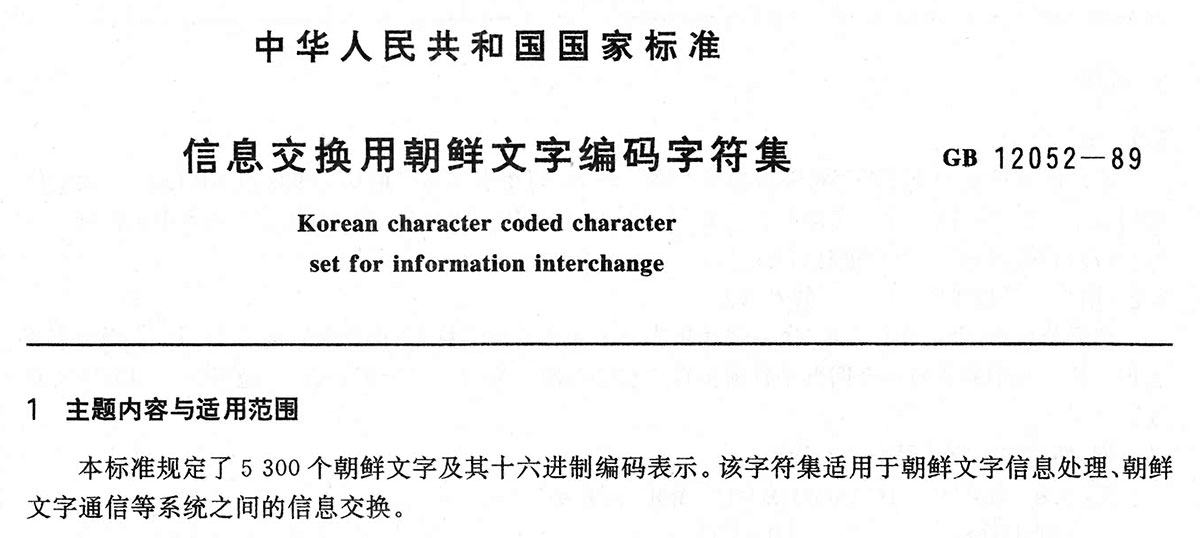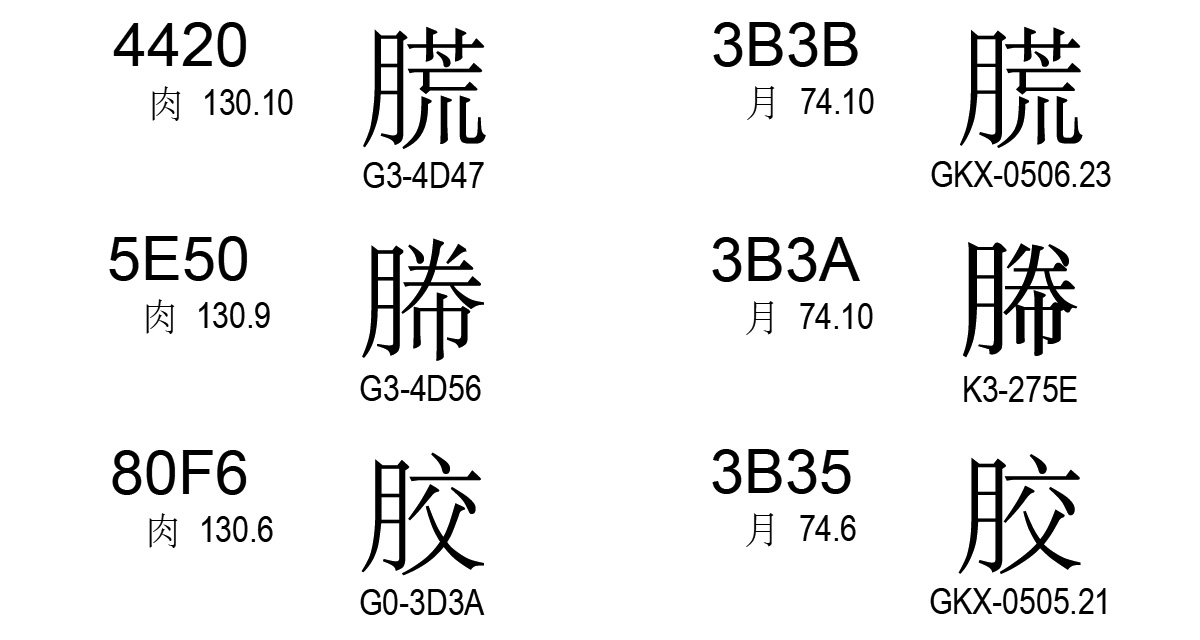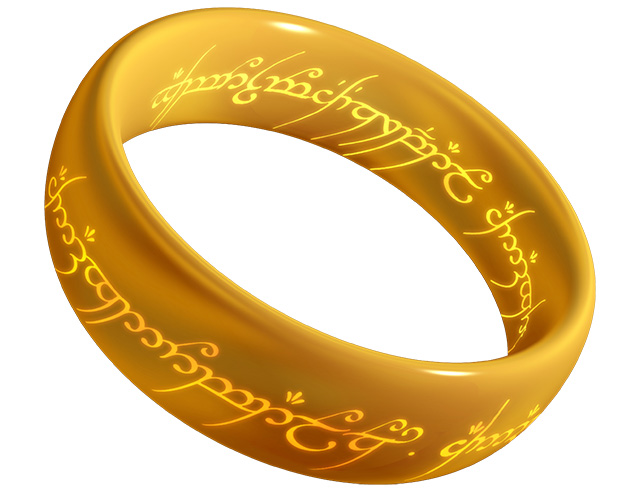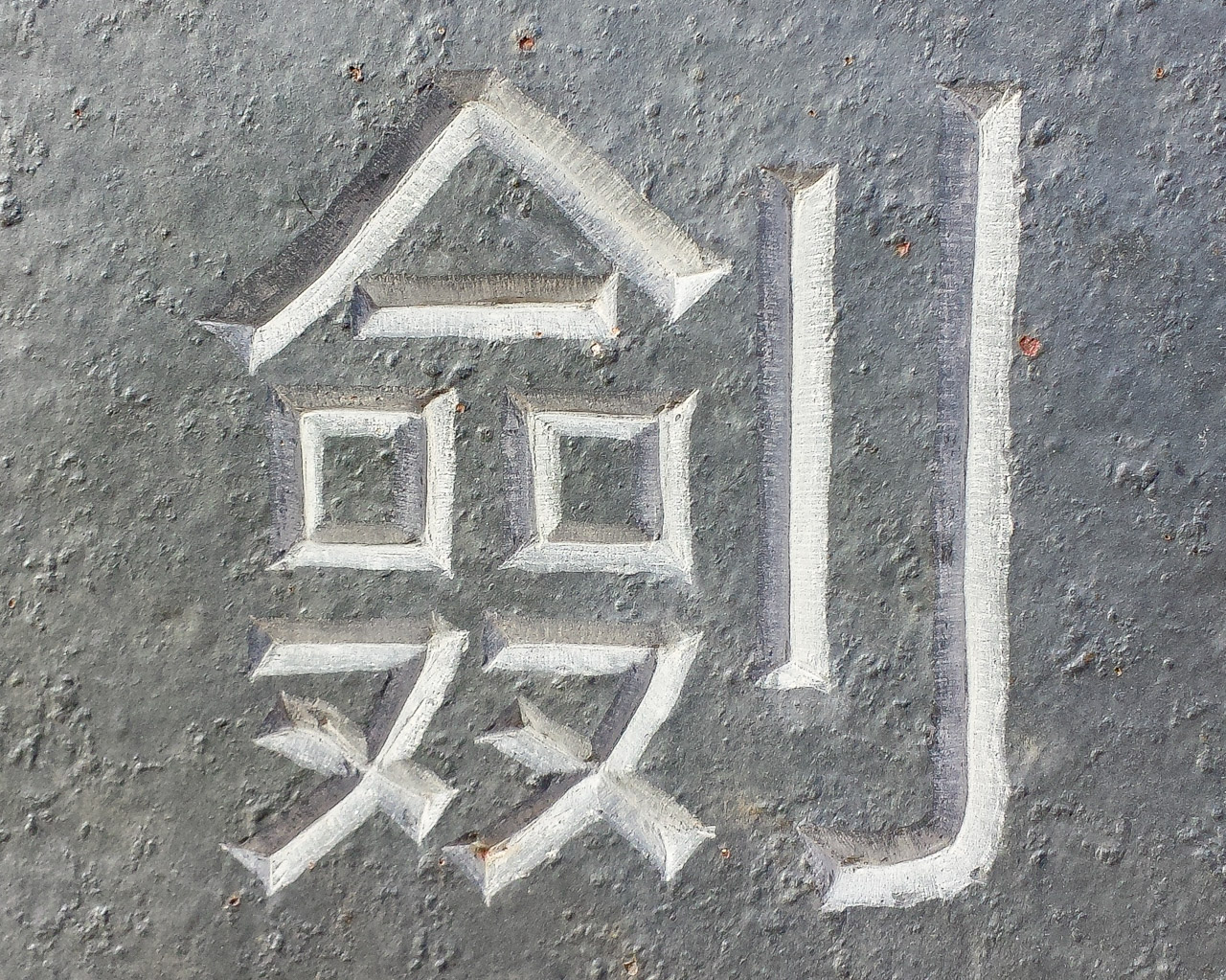
For the first time in my life, I visited three East Asian countries in a single trip: China, South Korea, and Japan. I have had trips that involved two countries—South Korea & Japan, China & South Korea—but never three. This particular one was also done in the span of only one week.
The purpose of this trip was to visit the three type foundries who were involved in the Source Han Sans/Noto Sans CJK project: Changzhou SinoType (常州华文) in Changzhou, China; Iwata (イワタ) in Tōkyō, Japan; and Sandoll Communications (산돌커뮤니케이션) in Seoul, South Korea. In addition to thanking each company in person, we also used the opportunity to discuss particulars of the project, in terms of what worked well and what didn’t, and I also demonstrated the processes that I used to take their raw glyph data and turn it into the final fonts. All three companies gave us a warm welcome, and were very gracious hosts. We had excellent lunches and dinners with all three companies, which allowed for greater social interaction.
Masataka HATTORI (服部正貴) from our Tōkyō office traveled with me to China and South Korea, and Jinho KANG from our Seoul office participated in the meeting with Sandoll Communications. In addition to Masataka, Taro YAMAMOTO (山本太郎) participated in the meeting with Iwata.
Continue reading…









